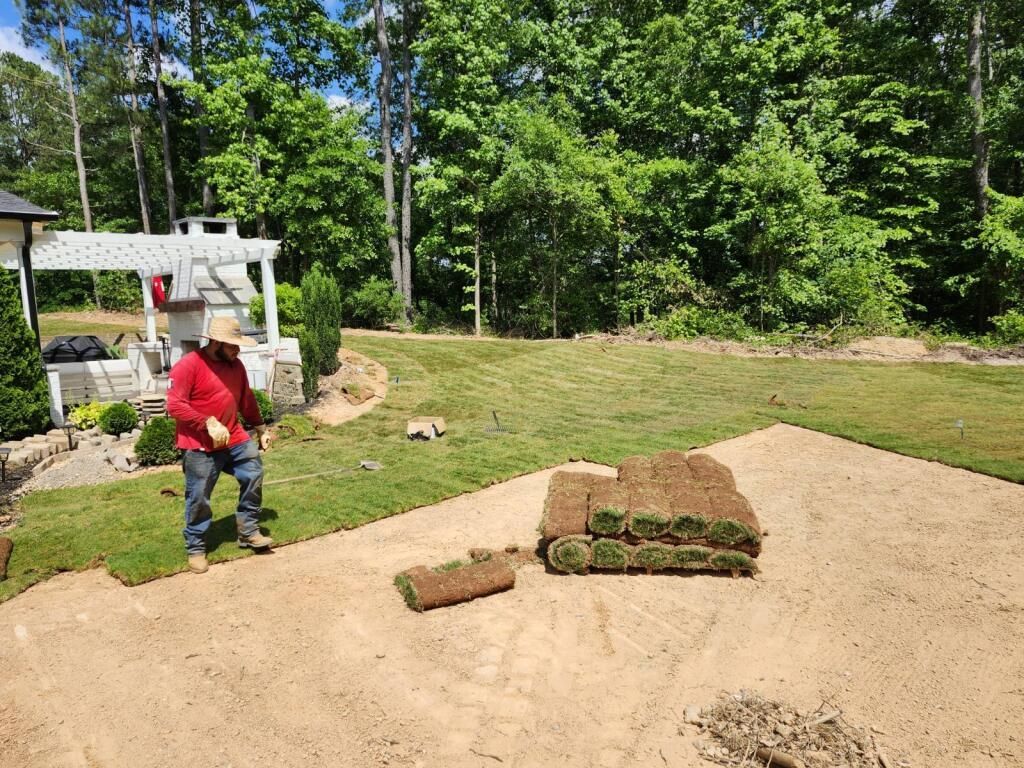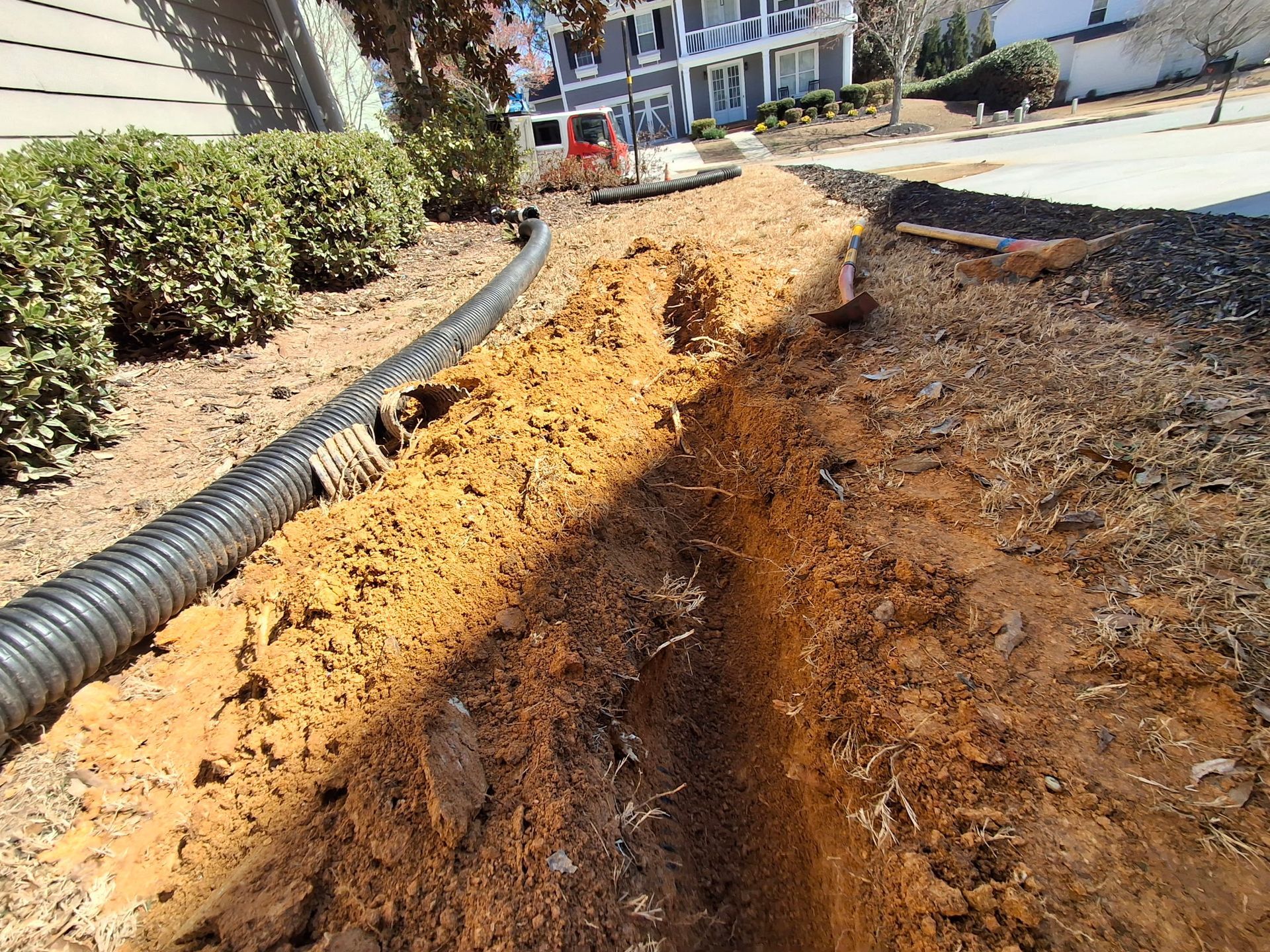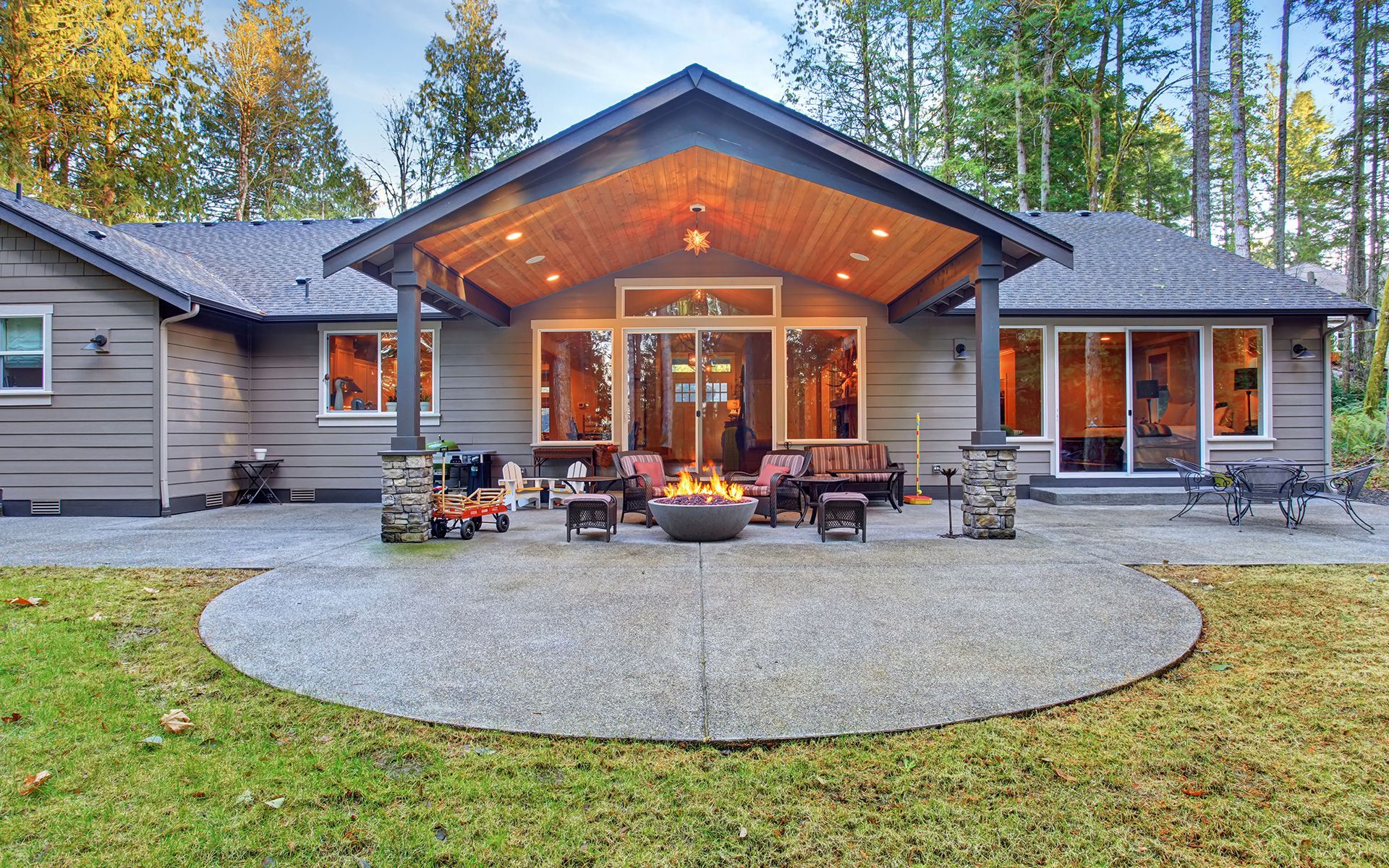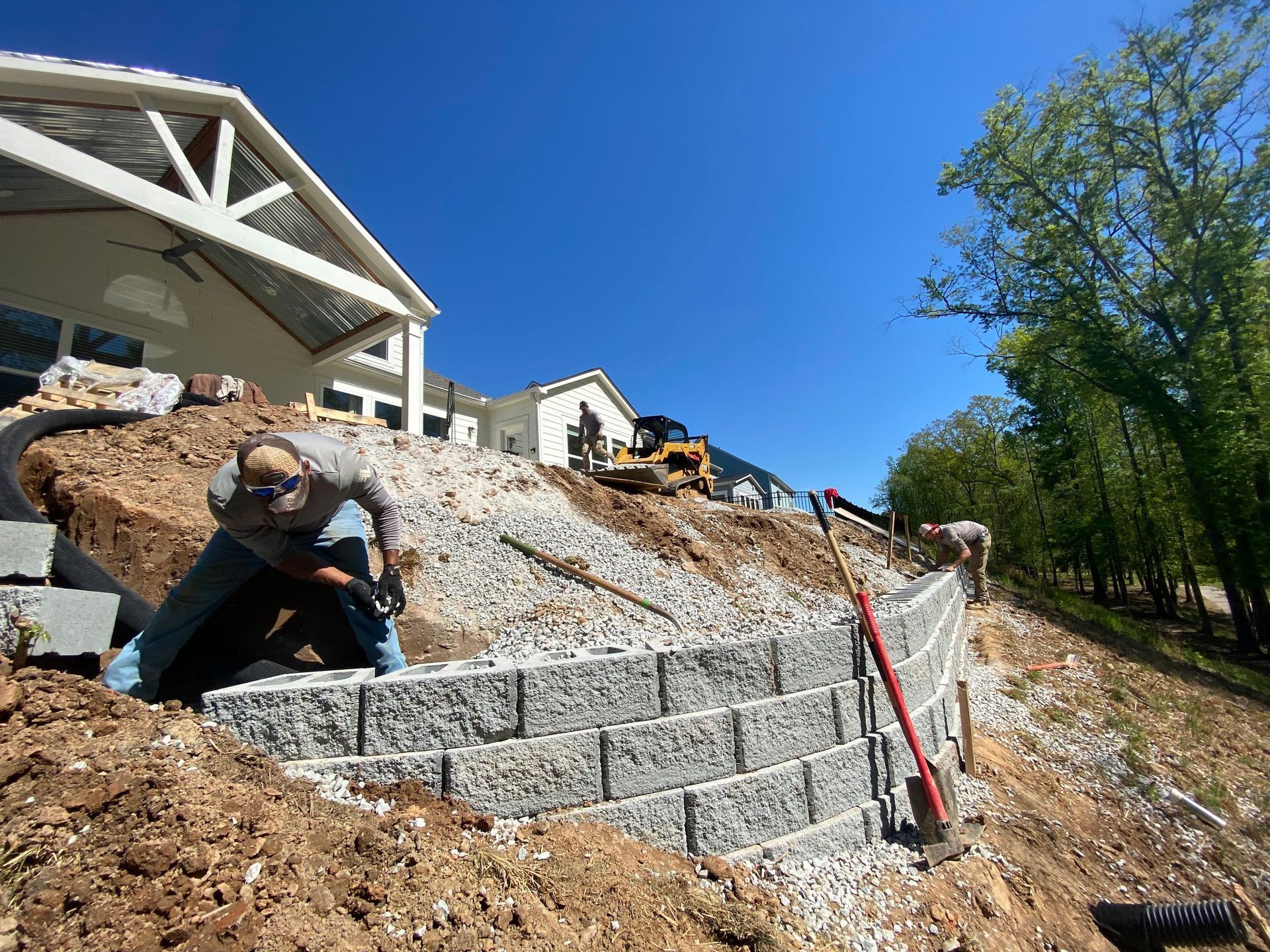What to Know Before Having Sod Installation Done in Georgia?
Georgia Sod Installation: What Homeowners Need to Know Before Laying New Grass

If you're dreaming of a lush, green lawn in Georgia, sod installation is one of the fastest ways to transform your yard. At Fischer Landscape, we specialize in helping Georgia homeowners achieve beautiful, healthy lawns that thrive in the local climate. But before you roll out that fresh turf, there are a few essential questions to answer.
Here’s everything you need to know about sod installation in Georgia—from prepping your yard to post-installation care.
Do I Need to Remove Existing Grass or Weeds Before Installing Sod?
Yes—always. Installing sod over existing grass or weeds is a shortcut that leads to long-term problems. Old vegetation competes for nutrients and water, preventing your new sod from properly rooting. At Fischer Landscape, we recommend:
- Removing all grass, weeds, and debris
- Tilling the soil to loosen compacted Georgia clay
- Applying a pre-installation herbicide if needed
Proper site preparation ensures your sod has a clean, healthy foundation to thrive.
What Type of Grass Is Best for Georgia Lawns?
Georgia’s climate is hot, humid, and often unpredictable. That’s why warm-season grasses are ideal. Our top recommendations include:
Bermuda Grass:
- Great for high-traffic areas and full sun. It’s durable and fast-growing but doesn’t tolerate shade well.
Zoysia Grass:
- Offers a soft texture and good drought resistance. It handles moderate shade and is ideal for both residential and commercial lawns.
Centipede Grass:
- A low-maintenance option that thrives in partial shade. It’s perfect for homeowners who want a “set it and forget it” lawn.
St. Augustine Grass:
- Best for coastal Georgia and shady yards. It has broad blades and tolerates humidity and shade better than most varieties.
We’ll help you choose the best sod based on your yard’s sunlight, soil type, and usage.
Can Sod Be Installed in Shaded Areas?
Yes—but choose the right variety. Shade can be tricky for sod, especially in Georgia’s dense tree-lined neighborhoods. Zoysia and St. Augustine are great options for partial to full shade. We also recommend:
- Pruning trees to allow filtered sunlight
- Avoiding heavy foot traffic in shaded zones
- Monitoring moisture levels to prevent mold
Our team at Fischer Landscape will assess your yard’s light conditions and recommend the best sod for shaded areas.
Does the Area Need to Be Graded Before Laying Sod?
Absolutely. Grading ensures proper drainage and prevents water from pooling—especially important in Georgia’s clay-heavy soil. Poor grading can lead to:
- Root rot
- Erosion
- Uneven growth
We use professional grading techniques to create a smooth, slightly sloped surface that encourages healthy runoff and root development.
When Can I Mow After Sod Installation?
Wait 2–3 weeks. Your new sod needs time to establish roots before mowing. Here’s what to look for:
- Tug gently on the sod—if it resists, roots are forming
- Mow when the grass reaches 3–4 inches tall
- Use a sharp blade and avoid cutting more than ⅓ of the grass height
Early mowing can damage tender roots, so patience pays off.
How Often Should I Water New Sod?
Daily for the first two weeks. Georgia’s heat can dry out new sod quickly. Follow this watering schedule:
- Week 1–2: Water daily, early morning or late afternoon
- Week 3–4: Water every other day
- Week 5+: Transition to 2–3 times per week, depending on rainfall
Each watering should soak the soil 4–6 inches deep to encourage deep root growth. We also recommend installing smart irrigation systems for consistent moisture.
Ready to Transform Your Georgia Lawn?
At Fischer Landscape, we make sod installation simple, seamless, and tailored to Georgia’s unique conditions. Whether you're in Atlanta, Macon, or the North Georgia mountains, our expert team is here to help you choose the right grass, prep your yard, and maintain a lawn you’ll love year-round.
Contact Fischer Landscape today for a free sod consultation and let’s bring your lawn to life.





Share On: